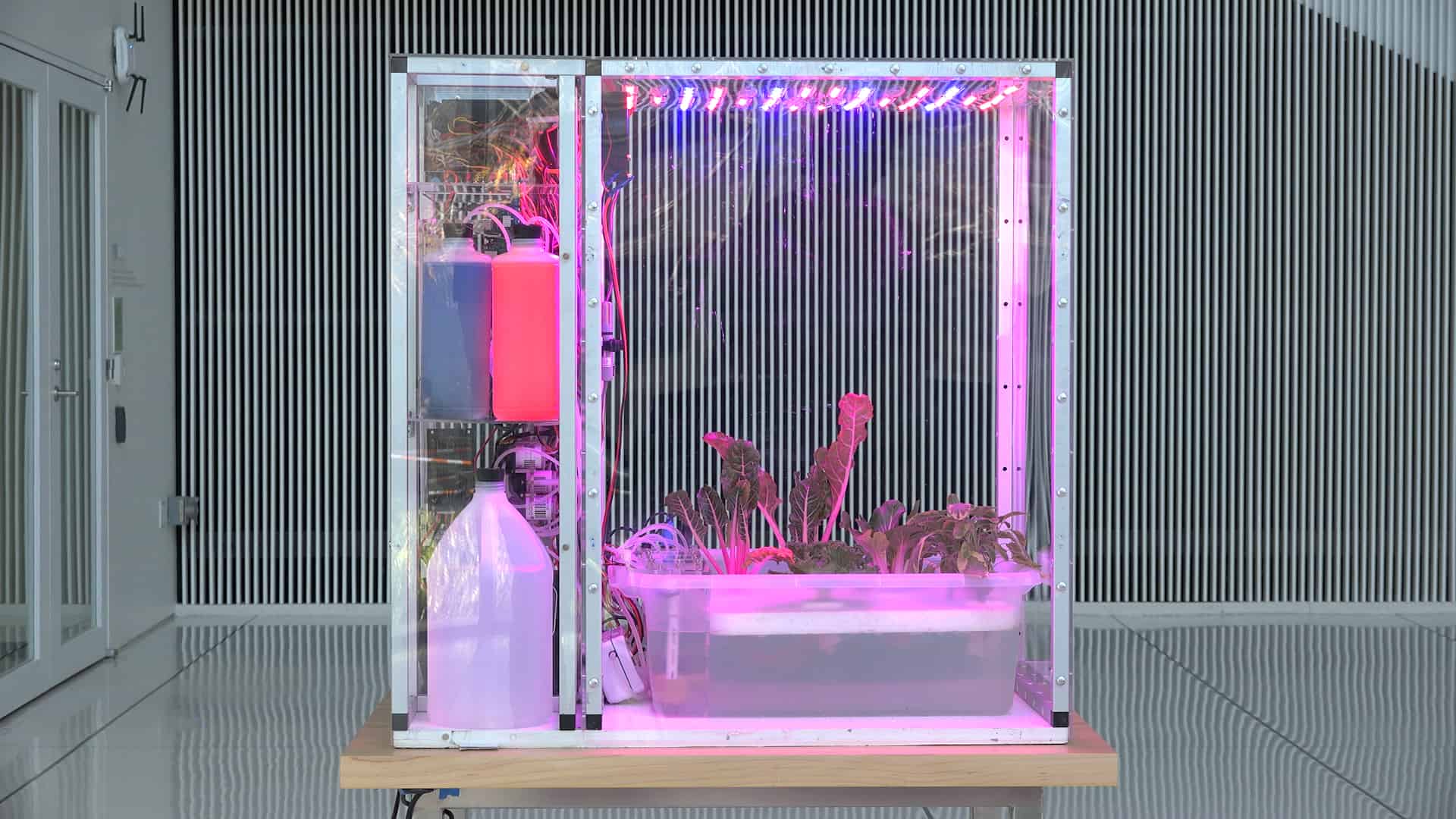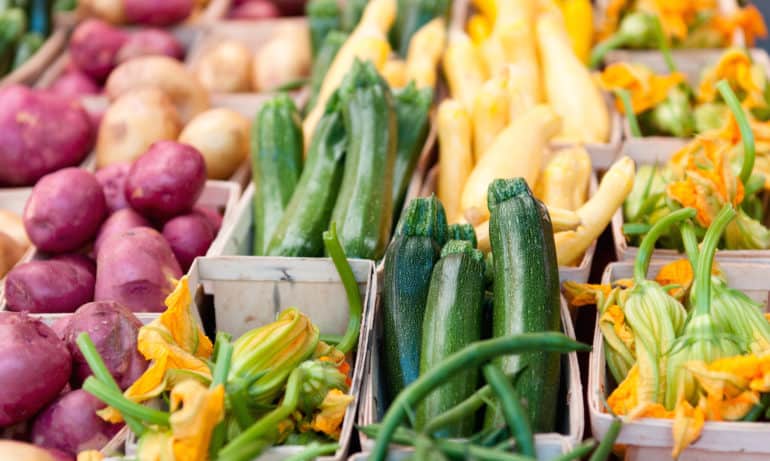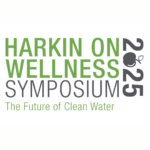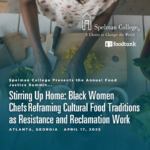The Open Agriculture Initiative (OpenAg), an MIT Media Lab project, is working to provide farmers around the world with an open source of information on how to grow tastier crops in increasingly unpredictable climates. Researchers at OpenAg have developed a series of personal food computers, which are different-sized controlled growing environments that collect thousands of data points on the crops growing inside of them. The research is part of OpenAg’s initiative to democratize climate, or make data on farming more accessible.
Droughts, floods, and fluctuating weather patterns are shrinking the breadbaskets of the world, and the World Bank estimates we’ll need to produce 50-percent more food by 2050 to feed a population of 9 billion. OpenAg’s open source system allows farmers to use information researchers have been collecting in the Media Lab in their own fields.
A farmer having trouble producing an optimal crop could use data from OpenAg’s initiative to adjust how that product is grown in the field and yield a better harvest. “The idea is that we’re trying to democratize climate. So if someone wants to be able to grow something in an area where they otherwise would not be able to, they can. And they can do it at a different scale,” said Hildreth England, assistant director at OpenAg.

OpenAg’s website also provides farmers with the tools they need to develop their own personal food computers. A personal food computer is a device similar to a 3D printer. Instead of printing objects, food computers design and produce plants in controlled growing environments that are similar to mini-greenhouses. A batch of basil grown inside one of OpenAg’s food computers is subjected to a series of carefully designed environmental tweaks aimed at producing basil that tastes better and grows faster than basil grown in a field. Each food computer makes a record of the exact conditions used on the plant from seed to product. OpenAg researchers call this record a climate recipe.
While many farmers have applied algorithms to data that is generated from farms, OpenAg is doing it in a way that makes that data accessible to everyone. “The data from our basil experiments, for example, is posted to our wiki page right now. So anyone can play with that data and run it through an algorithm if they’d like to,” England said.
In 2015, researchers at OpenAg developed a prototype of the first personal food computer, which utilized robotic systems to control every aspect of the growing process, down to the salinity of water used on the plants. In 2016, they teamed up with an Artificial Intelligence (AI) company called Sentient to combine their technology with Sentient’s AI software. The collaboration produced the Food Server, a food computer the size of a shipping container that incorporates artificial intelligence to optimize growing conditions. OpenAg researchers are now working on the third and largest iteration of the personal food computer, the food data center, which will help them determine whether a single climate recipe can produce the same results in different sized containers.

All of OpenAg’s climate recipes and food computer technology are open source, which means urban farmers and the general public are able to use pre-existing climate recipes to grow crops and even generate personalized recipes. OpenAg also launched an initiative called OpenAg EDU, which aims to inspire the next generation of high-tech farmers by helping students design and build their own food computers.
“We’re trying to offer another option, and we’re trying to make that option, and farming in general, more accessible and more engaging in a way for folks who would never otherwise consider it an option or a career path,” England said.













